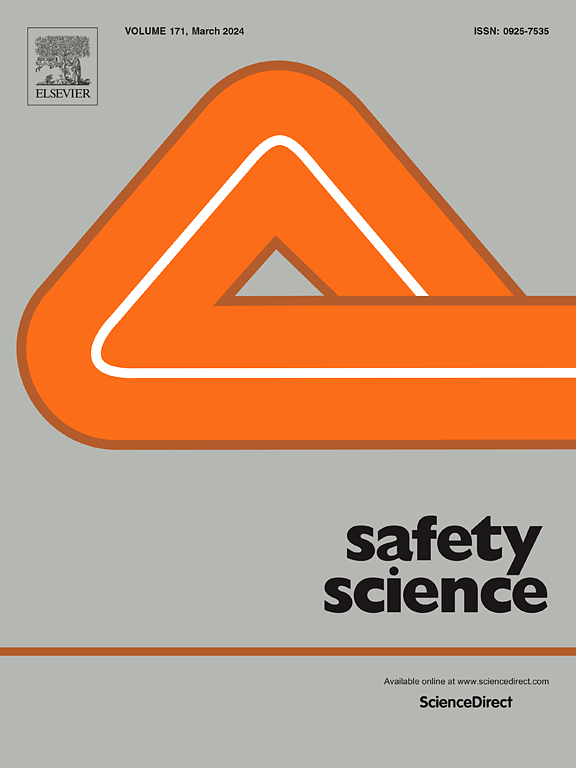影响VR模拟驾驶中列车驾驶员视觉工效学的因素:冰雪线环境和列车速度
IF 4.7
1区 工程技术
Q1 ENGINEERING, INDUSTRIAL
引用次数: 0
摘要
优化的视觉工效是铁路系统安全运行的重要基石,极端的线路环境和变化的行驶速度会影响驾驶员的视觉工效。为了阐明冰雪线路环境和不同行驶速度对列车驾驶员视觉工效学的影响,提出了一种新的研究方法。采用IBM SPSS 26.0软件对44名参与者的生理参数、任务绩效和主观评价进行了分析。该分析涵盖了两种线路环境(SI线和基本线)和三种行驶速度(120公里/小时、160公里/小时和200公里/小时)下的情况。研究发现,线路环境、列车速度及其交互效应对列车驾驶员视觉工效学的影响主要表现在以下方面:(1)SI线环境下,驾驶员视觉疲劳和不适感显著增加,视觉表现下降。(2)随着驾驶速度的提高,驾驶员面临的心理压力增大,反应时间缩短,准确性降低。(3)线路环境与行驶速度的交互作用通过增加生理负荷和心理压力,扰乱驾驶员的情绪状态和注意力分配,降低视觉工效,从而形成列车驾驶员视觉工效的负循环。研究结果为现实驾驶场景提供了广泛的实际应用和定制建议。本文章由计算机程序翻译,如有差异,请以英文原文为准。
Factors affecting the visual ergonomics of train drivers in VR simulation driving: Snow and Ice line environment and train speed
Optimal visual ergonomics is a crucial cornerstone for the safe operation of the railway system, and the extreme line environment and varying driving speeds may affect drivers’ visual ergonomics. To elucidate the impact of the Snow and Ice (SI) line environment and different driving speeds on train drivers’ visual ergonomics, this paper introduces a novel research method. Utilizing a VR simulation driving scenario, the physiological parameters, task performance, and subjective evaluations of 44 participants were analyzed using IBM SPSS 26.0. The analysis covered conditions under two line environments (SI line and basic line) and three driving speeds (120 km/h, 160 km/h, and 200 km/h). The research reveals that the line environment, train speed, and their interaction effects significantly affect train drivers’ visual ergonomics in the following ways: (1) In the SI line environment, drivers experience significantly increased visual fatigue and discomfort, along with decreased visual performance. (2) With the increase of driving speed, drivers face heightened psychological pressure, shorter reaction times, and reduced accuracy. (3) The interaction effect between line environment and driving speed diminishes visual ergonomics by increasing physiological load and psychological stress, disrupting drivers’ emotional state and attention distribution, thus forming a negative cycle in train drivers’ visual ergonomics. The research findings provide extensive practical applications and customized recommendations for real-world driving scenarios.
求助全文
通过发布文献求助,成功后即可免费获取论文全文。
去求助
来源期刊

Safety Science
管理科学-工程:工业
CiteScore
13.00
自引率
9.80%
发文量
335
审稿时长
53 days
期刊介绍:
Safety Science is multidisciplinary. Its contributors and its audience range from social scientists to engineers. The journal covers the physics and engineering of safety; its social, policy and organizational aspects; the assessment, management and communication of risks; the effectiveness of control and management techniques for safety; standardization, legislation, inspection, insurance, costing aspects, human behavior and safety and the like. Papers addressing the interfaces between technology, people and organizations are especially welcome.
 求助内容:
求助内容: 应助结果提醒方式:
应助结果提醒方式:


